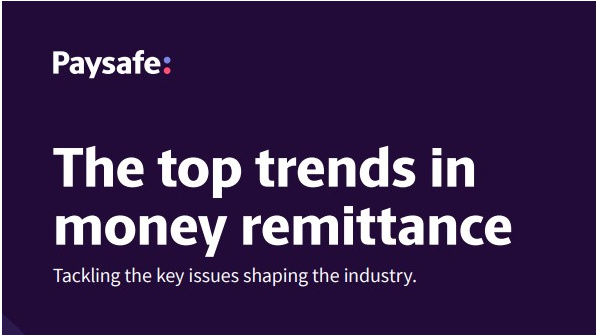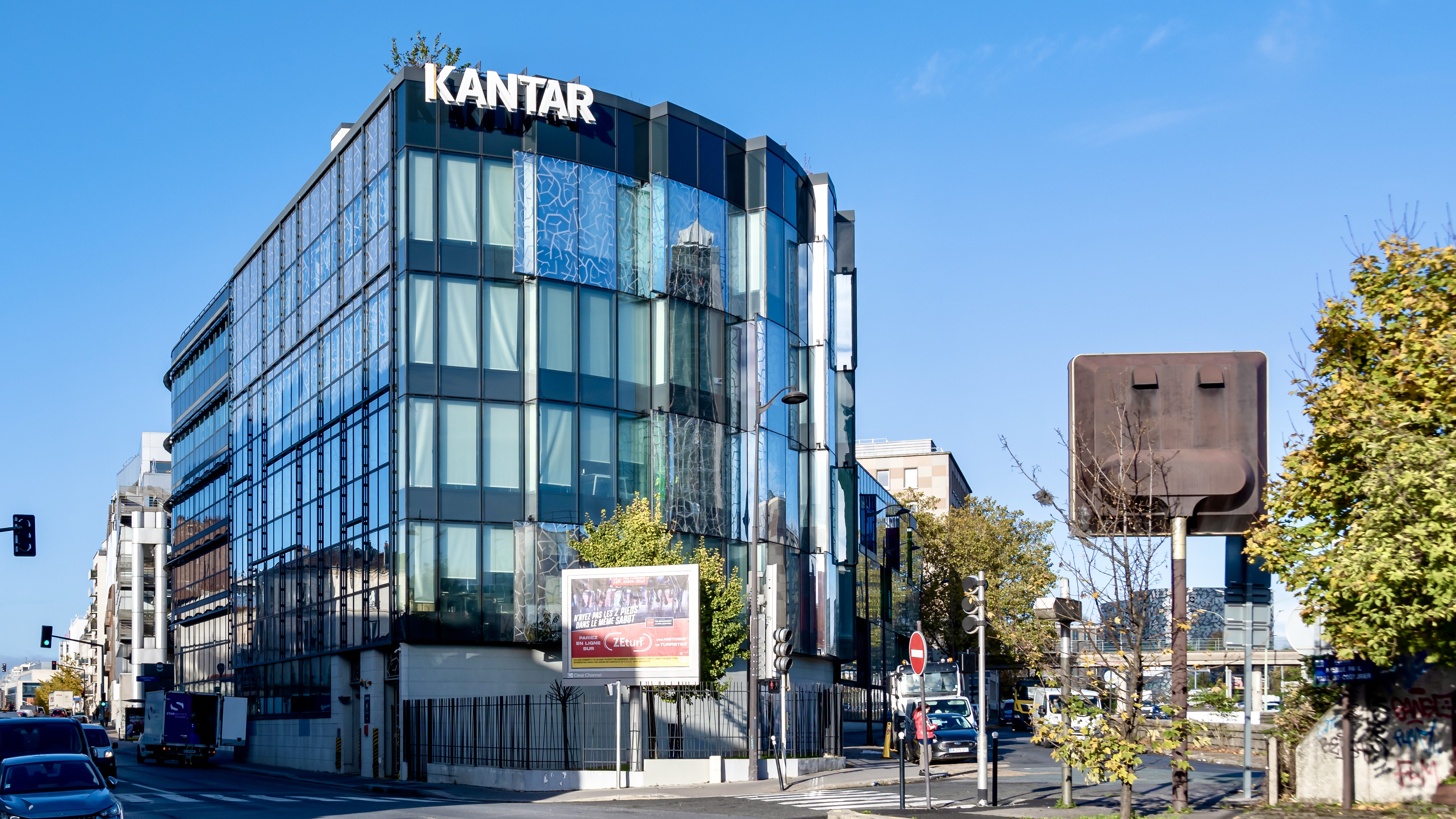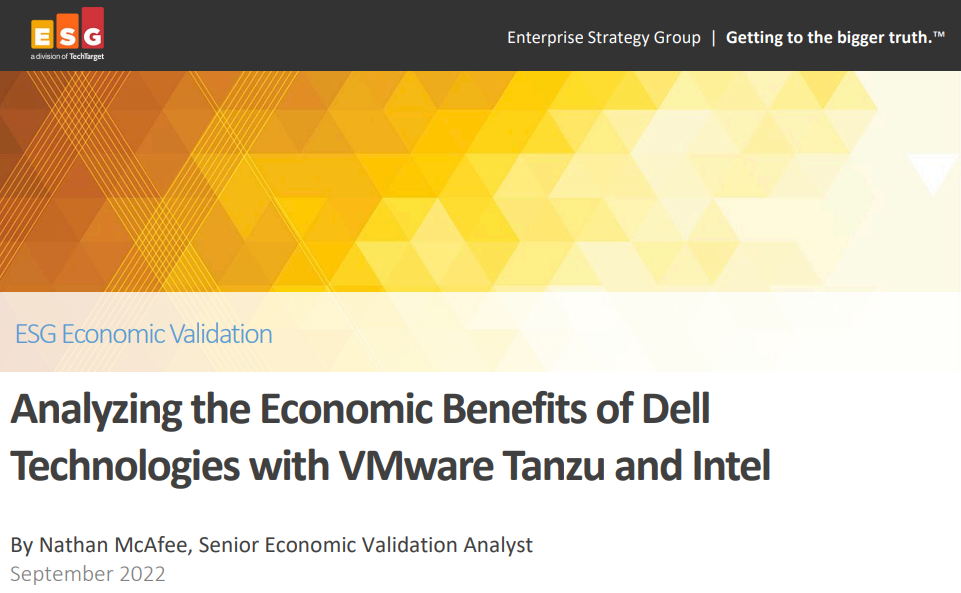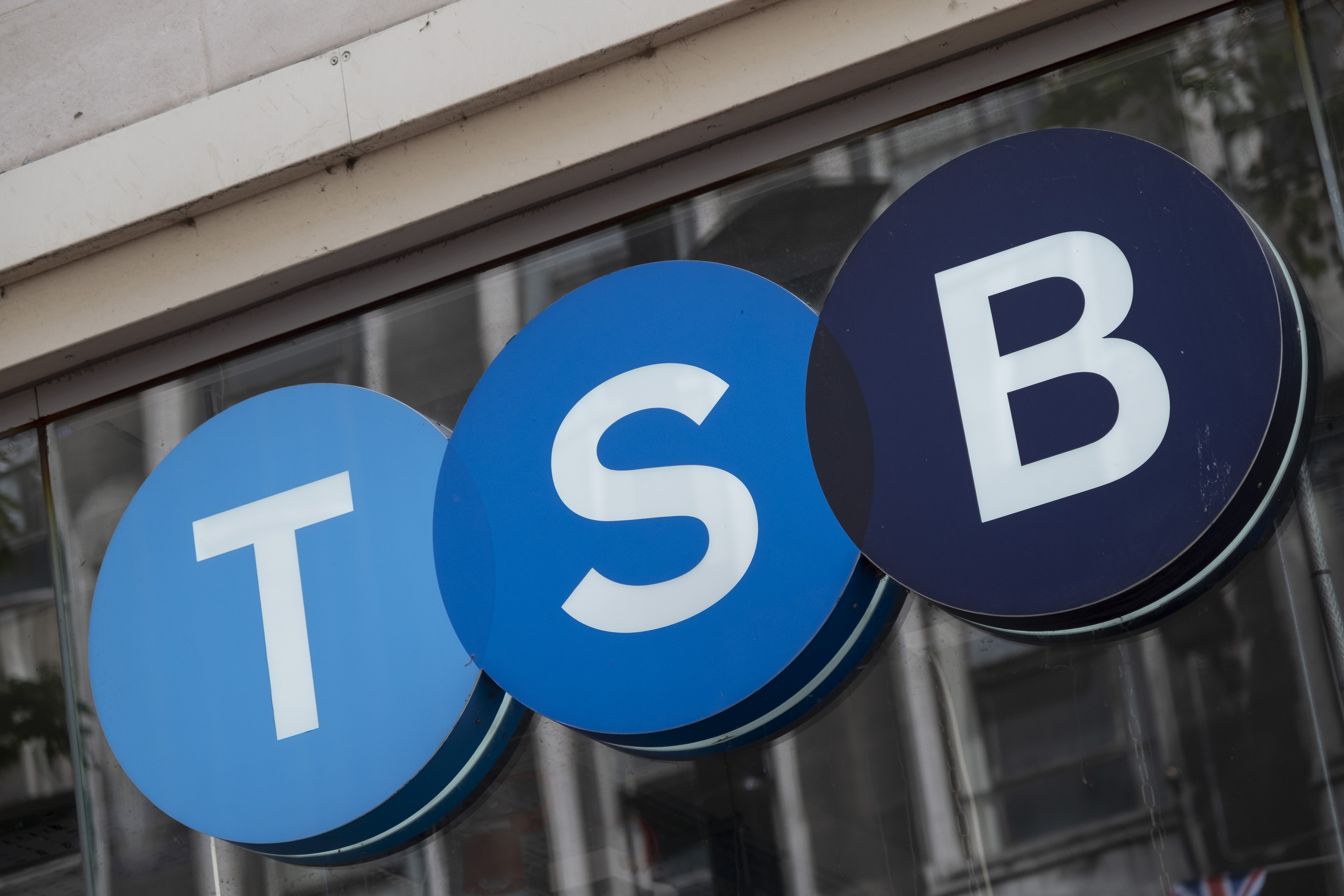How HCI helps Wales' Celtic Manor stay ahead of the game
Four hotels, 554 rooms, and just eight IT staff


If you're a golf fan, you may be familiar with Celtic Manor. The historic 2,000-acre Welsh resort, founded by entrepreneur Sir Terry Matthews, played host to major golf tournaments including the 2010 Ryder cup and the Wales Open, as well as the 2014 NATO summit. The organisation includes four separate hotels, a convention centre with 30 different rooms, and over 1,000 employees, around half of whom are PC users.
With such a sizeable estate (both figuratively and literally), one would assume that Celtic Manor requires an equally sizeable IT staff to keep everything ticking over smoothly. You may be surprised to learn, then, that IT manager Chris Stanley manages to run this whole operation with a team of just eight people.
The secret is hyperconverged infrastructure. The company went all-in with Dell Technologies (or simply Dell, as it was at the time) back in 2014, and has implemented the company's VxRail HCI system in its data centres, along with SonicWall security appliances and both 13G and 14G PowerEdge servers.
The biggest benefit from deploying HCI systems, according to Stanley, has been the ease of management, which helps him make the most of limited resources. And with a new international convention centre opening next June, those resources are set to be taxed even more.
"You can imagine with a small team, there was a lot of firefighting," he says, "especially when it comes to managing data stores, increasing them, reclaiming space on your SANs because VMware hasn't seen that change. A lot of manual intervention which we were having to do is removed, and with that growing business and no massive increase in our IT team coming we needed that minimal management and single pane of glass."
"Going to hyperconverged and VxRail, the VMware Enterprise you get with that as opposed to Standard, which we had before is great. We have [VMware's Distributed Resource Scheduler] now, so all the management and load-balancing of our servers is done automatically."
In its new post-HCI environment, Stanley tells us that the biggest day-to-day challenge for his team is simply getting across the site. While they try to use automation and remote maintenance to reduce the need for on-site remediation as much as possible, on the occasions that they do need to physically access a system, the journey across the resort's 2,000 acres can eat a lot of working hours.
Get the ITPro daily newsletter
Sign up today and you will receive a free copy of our Future Focus 2025 report - the leading guidance on AI, cybersecurity and other IT challenges as per 700+ senior executives
Resilience is also a key concern for the Celtic Manor team, especially with the large corporate bookings that the new conference centre is expected to pull in. Deploying the company's core systems across two separate HCI clusters ensures that even if an entire cluster goes down, they can continue operating with no loss of data.
For an organisation where resiliency and ease-of-deployment are key, one would expect the cloud to be an attractive proposition, but Stanley tells IT Pro that the cloud actually holds little appeal for Celtic Manor largely due to issues of reliability.
"We have some cloud our payment gateway is a cloud system, and Oracle is trying to push us towards their online systems but we're not comfortable with the reliability there," says Stanley. "The reliability on [the vendor's] side is not there. With our payment gateway we've had some outages which have had a knock-on effect, so we're not taking that step with them just yet."
Another challenge for Celtic Manor is the issue of support, and it's one that Dell Technologies is almost uniquely-placed to address. One of Dell's main strategic messages is that it can be an end-to-end technology partner, providing everything from servers to notebooks. For a small team like Celtic Manor, this can be invaluable, taking the headache out of IT issues by eliminating the need to play telephone tag with support teams from numerous different vendors.
"All these different entities... is it your SAN provider, is it your ESX host, server provider, your networking, your VMware?
"Instead of doing that round-robin trying to chase XYZ, we have a one-stop shop now for support, which is very nice," adds Stanley. "It's easier for the team; you're not passed around different teams, you have one team there who's going to fix it."
In fact, Staley explains that simplification has been a big benefit across the board. Because the team is having to do less firefighting to keep the lights on, it has freed them up to focus on adding value to the business, rather than simply keeping it operational.
"Now that we have capacity in our core systems with Dell VxRail and we know we can scale and how much it is to scale the storage, it's enabled us now as an IT team to be more proactive," he says. "We're not generalising, we're more specialising."
"The IT team are benefitting from it a lot; they're enjoying having more specific roles, a better learning path now of where we see their roles. And it's also given them time now to investigate issues that were maybe patched over quickly in the past they can actually troubleshoot instead of putting a plaster on it."
Stanley is planning to put this extra breathing space to good use; he's investigating the potential for using technology like machine learning, facial recognition and data analytics to improve guest satisfaction and sales rates. While he still needs to determine which capabilities would be most beneficial, he says the infrastructure is ready to support it.
Consolidation is also on the agenda; Stanley wants to bring some of the resort's remaining disparate and unconnected systems together, as well as moving to thin-client systems and a virtual desktop infrastructure for the company's endpoints - something that will also enable more remote management.
All of this transformation does come at a cost, though; Stanley estimates that over the last couple of years, the company has spent close to 1 million on modernising its IT. Many boards would have a mild coronary over an IT budget of this magnitude but, thankfully, Stanley says that he benefits from a very supportive boss.
"Our vice president of facilities and development, who I report into, backs us all the way," says Stanley. "He's seen the good work that we've done and it makes business sense. They're all very much on board. which is nice to have that top-down support. But we drive it bottom-up, to say what we need and why we need it, so it's a two-way thing."
Image: Shutterstock
Adam Shepherd has been a technology journalist since 2015, covering everything from cloud storage and security, to smartphones and servers. Over the course of his career, he’s seen the spread of 5G, the growing ubiquity of wireless devices, and the start of the connected revolution. He’s also been to more trade shows and technology conferences than he cares to count.
Adam is an avid follower of the latest hardware innovations, and he is never happier than when tinkering with complex network configurations, or exploring a new Linux distro. He was also previously a co-host on the ITPro Podcast, where he was often found ranting about his love of strange gadgets, his disdain for Windows Mobile, and everything in between.
You can find Adam tweeting about enterprise technology (or more often bad jokes) @AdamShepherUK.
-
 Asus ZenScreen Fold OLED MQ17QH review
Asus ZenScreen Fold OLED MQ17QH reviewReviews A stunning foldable 17.3in OLED display – but it's too expensive to be anything more than a thrilling tech demo
By Sasha Muller
-
 How the UK MoJ achieved secure networks for prisons and offices with Palo Alto Networks
How the UK MoJ achieved secure networks for prisons and offices with Palo Alto NetworksCase study Adopting zero trust is a necessity when your own users are trying to launch cyber attacks
By Rory Bathgate
-
 Better together
Better togetherWhitepaper Achieve more with Windows 11 and Surface
By ITPro
-
 Transforming the enterprise
Transforming the enterpriseWhitepaper With Intel and CDW
By ITPro
-
 The top trends in money remittance
The top trends in money remittanceWhitepaper Tackling the key issues shaping the money remittance industry
By ITPro
-
 How Kantar revamped its IT infrastructure after being sold off
How Kantar revamped its IT infrastructure after being sold offCase Study Being acquired by a private equity firm meant Kantar couldn’t rely on its parent company’s infrastructure, and was forced to confront its technical shortcomings
By Rene Millman
-
 Deutsche Bank wraps up Postbank IT integration after bug-laden migrations
Deutsche Bank wraps up Postbank IT integration after bug-laden migrationsNews The IT merger is expected to generate annual savings of €300 million by 2025
By Daniel Todd
-
 Analyzing the economic benefits of Dell Technologies with VMware Tanzu & Intel
Analyzing the economic benefits of Dell Technologies with VMware Tanzu & IntelWhitepaper ESG economic validation
By ITPro
-
 Defra needs £726 million to modernize pervasive legacy IT issues
Defra needs £726 million to modernize pervasive legacy IT issuesNews A significant portion of IT systems are reportedly still in extended support or are fully unsupported
By Ross Kelly
-
 Former TSB CIO fined £81,000 for botched IT migration
Former TSB CIO fined £81,000 for botched IT migrationNews It’s the first penalty imposed on an individual involved in the infamous migration project
By Ross Kelly